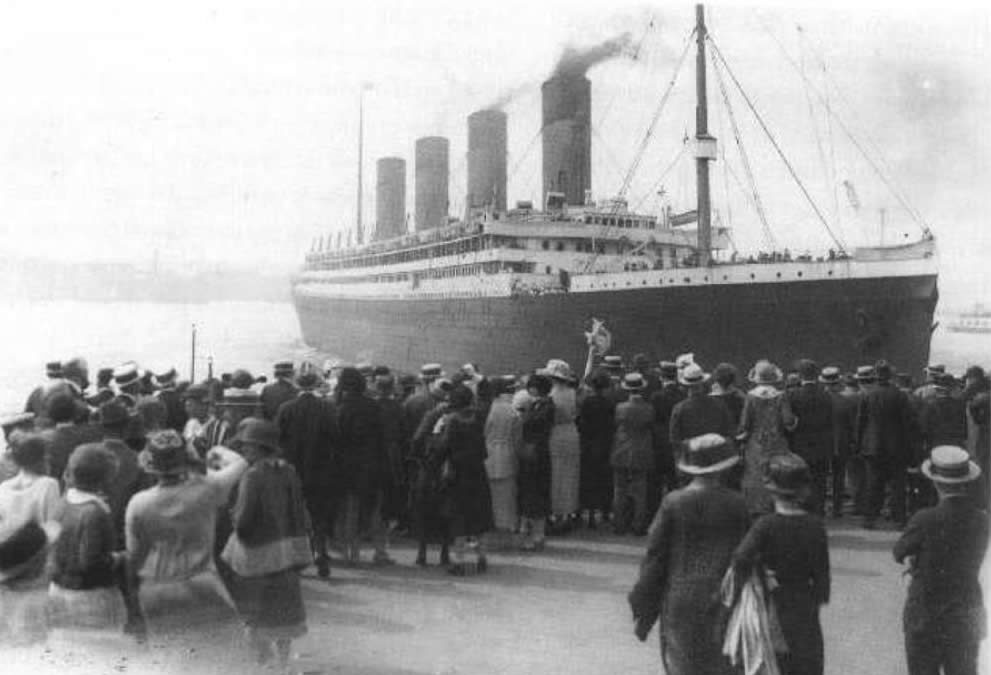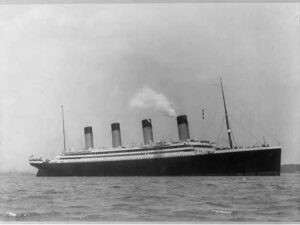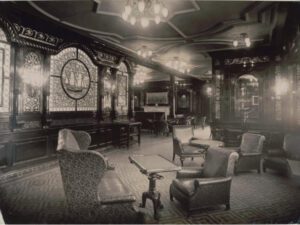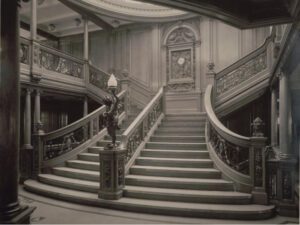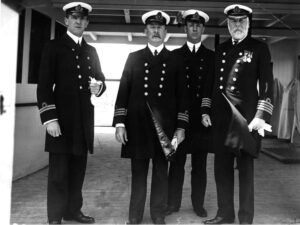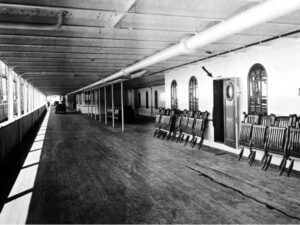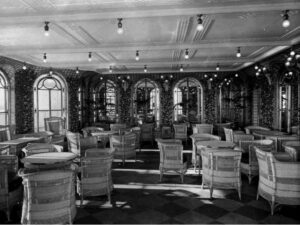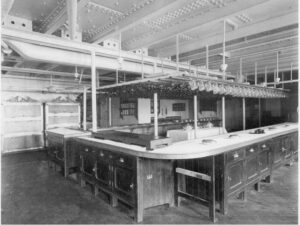Summary. William McGeoch & Co supplied the maritime furnishings for the ‘RMS Olympic’ and its sister Olympic-Class Liners, built by Harland and Wolff in Belfast. The ‘Olympic,’ unlike its sisters, served for 24 years, including as a troopship in WWI, before its scrapping in 1935.
The ‘RMS Olympic,’ launched in October 1910, was the first of the White Star Line’s trio of Olympic-class liners. It was followed by the ‘RMS Titanic’ in May 2011 and the ‘HMHS Britannic’ in February 2014. William McGeoch & Co actively provided maritime furnishings, locks, lamps, and electrical fittings for three liners. These liners were built by Harland and Wolff in Belfast, Northern Ireland.
Unlike the other ships in the Olympic-Class Liners, ‘Olympic’ had a long career spanning 24 years from 1911 to 1935. This included service as a troopship during the First World War, which gained her the nickname ‘Old Reliable’. After the war, she resumed civilian service, successfully operating as an ocean liner throughout the 1920s and into the early 1930s. However, post-1930, increased competition and the Great Depression’s trade slump rendered her operation less profitable.
‘Olympic’ was the world’s largest ocean liner twice between 1911 and 1913. The slightly larger ‘Titanic’ briefly interrupted this reign, owing to her higher gross tonnage from revised interiors. ‘SS Imperator’ later surpassed ‘Olympic’. Until the ‘RMS Queen Mary’ launched in 1934, ‘Olympic’ was the largest British-built liner. This was despite the short service periods of her larger sister ships in the Olympic-Class Liners.
Workers withdrew ‘Olympic’ from service in 1935 and sold her for scrap, completing demolition in 1937. Before scrapping, they removed and auctioned ‘Olympic’s decorative elements, which now enhance various buildings and a cruise ship.
By contrast with ‘Olympic’, the other two ships in the class, ‘Titanic’ and ‘Britannic’, did not have long service lives. ‘Titanic’ collided with an iceberg in the North Atlantic on her maiden voyage and sank, while ‘Britannic’ struck a mine and sank in the Kea Channel in Greece in 1916.
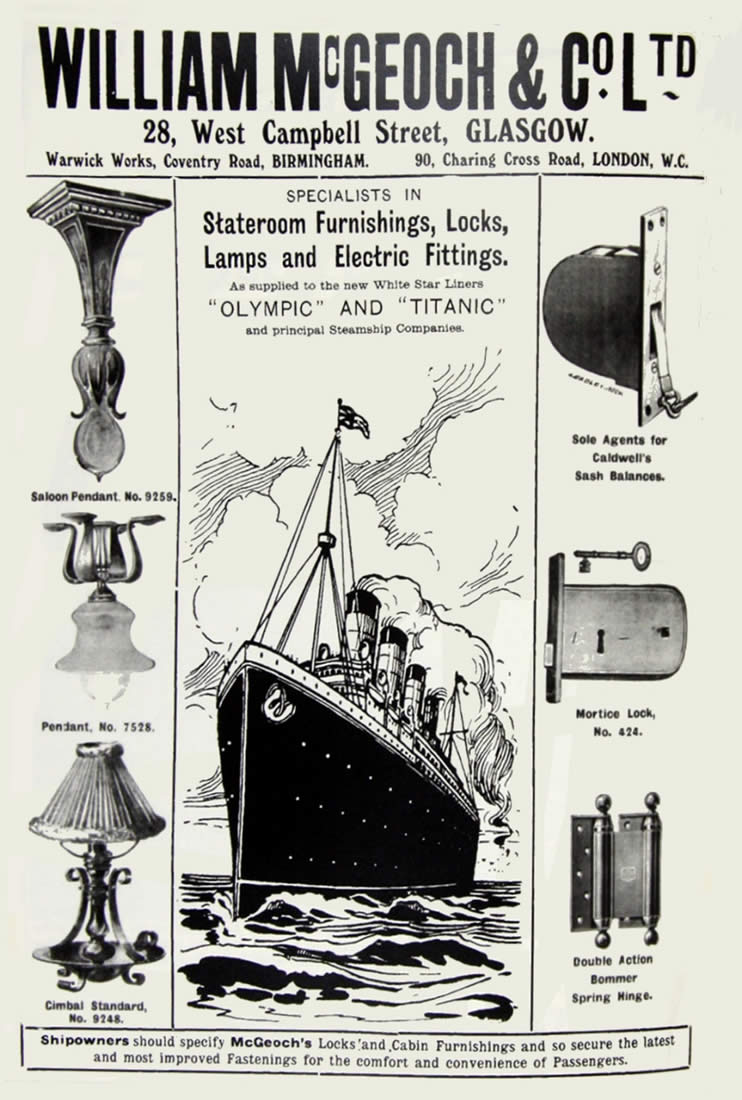
‘Britannic’ never served her intended role as a passenger ship.
Just before the First World War began, builders launched her, designing her to be the safest of the three ships. They implemented design changes during construction, learning from the ‘Titanic’ sinking. She remained at her builders, Harland and Wolff in Belfast, for many months before serving as a hospital ship from 1915 until her untimely end.
The archive poster on the left displays maritime furnishings, locks, lamps, and electrical fittings. William McGeoch & Co designed, manufactured, and supplied these for all three Olympic-Class Liners.
It’s interesting to note the comment at the foot of the poster…
“Shipowners should specify McGeoch’s locks and cabin furnishings and so secure the latest and most improved fastenings for the safety and comfort of passengers.”
The photographs below also clearly demonstrate the wide range and unique style and design of McGeoch light fittings in various areas of the ship including the 1st Class Smoking Room, Kitchens & Pantry, Palm Court, Veranda Café and 2nd Class Library. In particular, the Cherub Lamp on the Grand Staircase is one of several shown in McGeoch’s turn-of-the-century product catalogue.
▼Click images to view …

